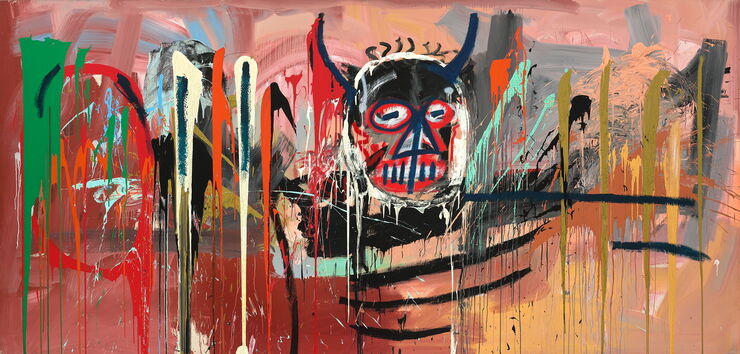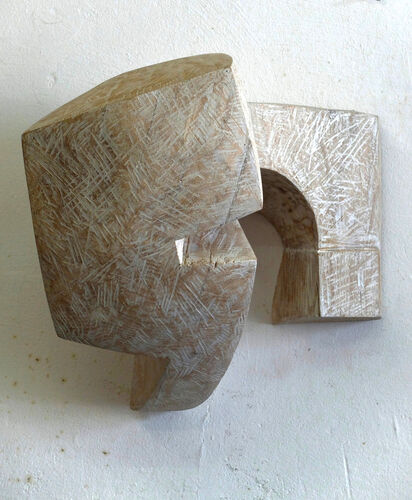
More on the subject Jean-Michel Basquiat

Basquiat: A Crown for the Artists of the Street
Hardly any other artist is attracting as much attention on today‘s auction scene as Jean-Michel Basquiat. His paintings are currently among the most highly traded works of art, with 55 of his works fetching proceeds in the double-digit millions. The three most expensive works in particular changed hands only recently and have an impressive story to tell.

Important Basquiat at Phillips auction
The upcoming Phillips auction on May 18 will feature a special highlight: Jean-Michel Basquiat's large-scale painting Untitled from 1982 is up for sale. The Japanese entrepreneur Yusaku Maezawa had acquired it in New York in 2016.
Dive deeper into the art world
Basquiat: A Crown for the Artists of the Street
Hardly any other artist is attracting as much attention on today‘s auction scene as Jean-Michel Basquiat. His paintings are currently among the most highly traded works of art, with 55 of his works fetching proceeds in the double-digit millions. The three most expensive works in particular changed hands only recently and have an impressive story to tell.
Staged Realities
For the first time in over 25 years, there is another major exhibition on Jeff Wall in Canada: the Museum of Contemporary Art Toronto is presenting over 50 works by the renowned artist in Jeff Wall Photographs 1984–2023. The exhibition runs until March 22, 2026.













